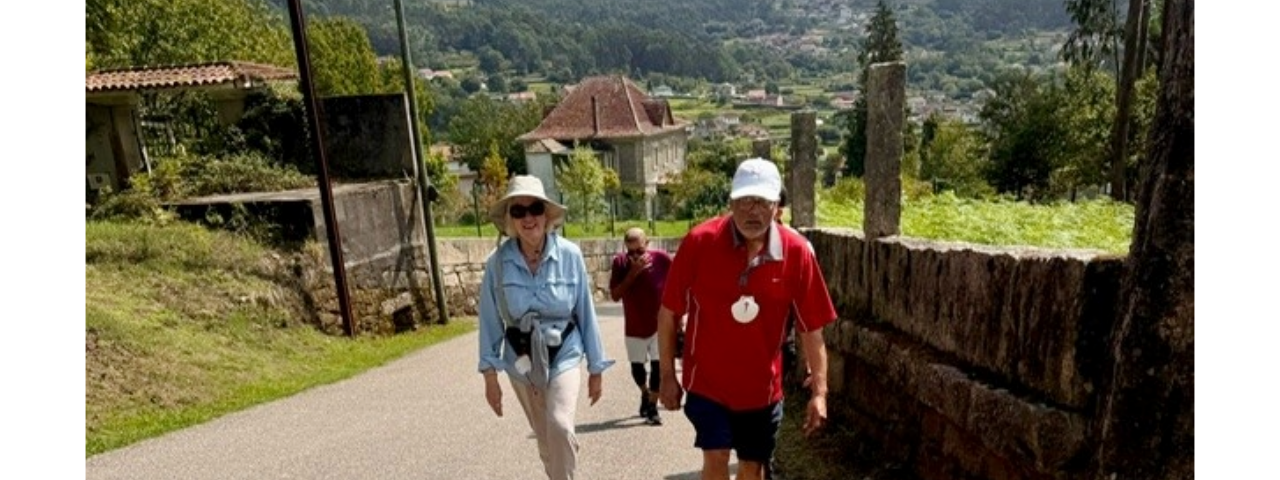Body
Among COVID-19 patients who undergo mechanical ventilation, lying in the prone position has been associated with lasting nerve damage.
A new case series describes peripheral nerve injuries associated with this type of positioning and suggests ways to minimize the potential damage.
“Physicians should remain aware of increased susceptibility to peripheral nerve damage in patients with severe COVID-19 after prone positioning, since it is surprisingly common among these patients, and should refine standard protocols accordingly to reduce that risk,” senior author Colin Franz, MD, PhD, director of the Electrodiagnostic Laboratory, Shirley Ryan AbilityLab, Chicago, Illinois, told Medscape Medical News.
Unique Type of Nerve Injury
Many patients who are admitted to the intensive care unit (ICU) with COVID-19 undergo invasive mechanical ventilation because of acute respiratory distress syndrome (ARDS). Clinical guidelines recommend that such patients lie in the prone position 12 to 16 hours per day.
“Prone positioning for up to 16 hours is a therapy we use for patients with more severe forms of ARDS, and high-level evidence points to mortality benefit in patients with moderate to severe ARDS if [mechanical] ventilation occurs,” said study coauthor James McCauley Walter, MD, assistant professor, pulmonary division, Northwestern University Feinberg School of Medicine, Chicago, Illinois.
With a “significant number of COVID-19 patients flooding the ICU, we quickly started to prone a lot of them, but if you are in a specific position for multiple hours a day, coupled with the neurotoxic effects of the SARS-CoV-2 virus itself, you may be exposed to a unique type of nerve injury,” he said.
Water said that the “incidence of asymmetric neuropathies seem [is] out of proportion to what has been reported in non-COVID-19 settings, which is what caught our attention.”
Many of these patients are discharged to rehabilitation hospitals, and “what we noticed, which was unique about COVID-19 patients coming to our rehab hospital, was that compared to other patients who had been critically ill with a long hospital stay, there was a significantly higher percentage of COVID-19 patients who had peripheral nerve damage,” Franz said.
The authors describe 12 of these patients who were admitted between April 24 and June 30, 2020 (mean age, 60.3 years; range, 23 – 80 years). The sample included White, Black, and Hispanic individuals.
Eleven of the 12 post-COVID-19 patients with peripheral nerve damage had experienced prone positioning during acute management.
Read the full article by signing up for a free Medscape account here.
Read Dr. Franz's co-authored research.
Mentioned Profile


